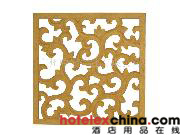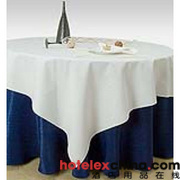
The US Department of Energy (DOE) has published its initial report studying interoperability among what the agency terms connected lighting systems (CLS) from different vendors. In the Part 1 work, the DOE’s Pacific Northwest National Laboratory (PNNL) focused on whether common application programming interfaces (APIs) in different CLS implementations could deliver a homogenous experience for developers, specifiers, and end users. For now, the news in terms of interoperability among different connected solid-state lighting (SSL) systems is not positive, although the DOE has identified next steps that the lighting industry and the Internet of Things (IoT) sector should take to move the situation forward in a positive manner.
Interested in articles & announcements on R&D into connected LED lighting?
Interoperability is of course a multi-faceted problem when it comes to network compatibility in general and even more complicated in an application such as smart lighting that is just emerging. Indeed, in this first report, the DOE did not even study network compatibility, but instead focused on the ability of disparate lighting and non-lighting systems to work together, share data, and deliver a seamless experience for developers, specifiers, and users. In fact, reading the report, the DOE infers that the CLS acronym really applies to a software platform, and such platforms are often referred to as a central management systems (CMS) in the SSL sector.









Service Hotline
Work Time:Mon-Fri 9:00-18:00
UTC+8

Sinoexpo Digital Platform
Copyright 2006-2024 Shanghai Sinoexpo Informa Markets International Exhibition Co., Ltd. All rights reserved
沪ICP备05034851号-77
 沪公网安备 31010402000543号
沪公网安备 31010402000543号